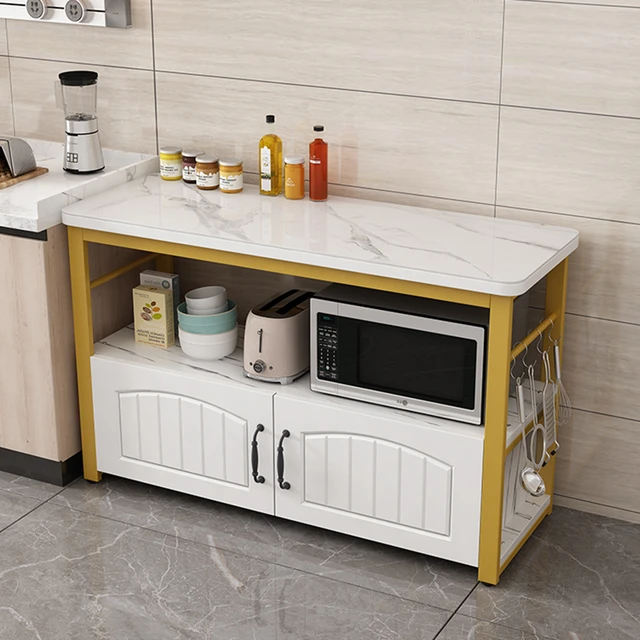 Introduction:
Introduction:
Replacing kitchen cabinets can transform the look and functionality of your kitchen space. Whether you want to update the style or need more storage, understanding the process of replacing kitchen cabinets is essential. In this comprehensive guide, we will explore a step-by-step approach to help you successfully replace your kitchen cabinets. By following these simple instructions, you can achieve a smooth and efficient cabinet replacement, creating a fresh and inviting kitchen environment.
Introduction to Replacing Kitchen Cabinets
Replacing kitchen cabinets involves removing the existing cabinets and installing new ones, providing an opportunity to update the look and functionality of the kitchen.
A. Importance of Planning: Proper planning is crucial to ensure a successful cabinet replacement project.
B. Considerations for Cabinet Replacement: Factors such as budget, style, material, and layout should be considered when choosing new cabinets.
Assessing and Measuring the Space
Before replacing kitchen cabinets, accurately assess and measure the available space in your kitchen.
A. Remove Cabinet Doors and Drawers: Take off the doors and drawers of the existing cabinets to have a clear view of the space.
B. Measure the Dimensions: Measure the width, height, and depth of each cabinet to determine the size requirements for the new cabinets.
Removing the Existing Cabinets
Removing the existing cabinets is a critical step in preparing for the installation of new cabinets.
A. Turn Off Water and Power: For cabinets near plumbing or electrical connections, turn off the water and power supply to ensure safety during the removal process.
B. Remove Countertops: If the cabinets are attached to the countertops, carefully detach them using a pry bar or screwdriver.
C. Unscrew the Cabinets: Remove screws or nails that secure the cabinets to the walls and carefully take them down.
Preparing the Walls for New Cabinets
Proper preparation of the walls ensures a stable and secure installation for the new cabinets.
A. Patch and Repair Holes: Fill any holes or damage on the walls with spackle or putty, and sand them down for a smooth surface.
B. Paint or Repaint Walls: If desired, paint the walls before installing the new cabinets to achieve a fresh look.
Installing the New Cabinets
Proper installation is crucial for the stability and functionality of the new cabinets.
A. Begin with Base Cabinets: Start with the base cabinets, aligning them along the marked guideline for accuracy.
B. Secure Cabinets to the Wall: Drill pilot holes into the back of the cabinets and secure them to the wall using appropriate screws or mounting brackets.
C. Level and Adjust Cabinets: Ensure the cabinets are level and make any necessary adjustments for proper alignment.
Attaching Cabinet Doors and Drawers
Install and align the cabinet doors and drawers to complete the installation process.
A. Install Hinges and Handles: Attach hinges to the doors and align them with the cabinet frame. Fasten handles or knobs to the doors and drawers.
B. Adjust and Align: Make adjustments to ensure the doors and drawers open and close smoothly.
VII. Finishing Touches
Complete the cabinet replacement by adding finishing touches.
A. Install Countertops: Affix the countertops onto the base cabinets, securing them with appropriate adhesive or screws.
B. Connect Plumbing and Electrical: If necessary, reconnect plumbing and electrical connections, ensuring everything is properly connected and functioning.
C. Clean and Organize: Clean the cabinets, shelves, and countertops before organizing your kitchen items.
Common types of kitchen cabinets and their typical placement:
There are various types of kitchen cabinets designed for different purposes and placed in different locations within the kitchen. Here are the common types of kitchen cabinets and their typical placement:
Base Cabinets:
Base cabinets are placed on the floor and serve as the foundation for countertops. These cabinets are typically used for storing large kitchen items such as pots, pans, and small appliances. They are usually installed against the kitchen walls and are available in various widths and configurations.
Wall Cabinets:
Wall cabinets are installed above the countertops and provide additional storage space. These cabinets are commonly used for storing dishes, glasses, and other frequently used items. They are attached to the wall, usually at eye level, and come in different heights and widths to fit the kitchen layout.
Tall Cabinets:
Tall cabinets are floor-to-ceiling cabinets that maximize vertical storage space. These cabinets are often used as pantry cabinets for storing food items, small appliances, and cleaning supplies. They can be located next to the refrigerator or in a dedicated pantry area.
Corner Cabinets:
Corner cabinets are designed to utilize the often-underutilized corner spaces in the kitchen. They make use of special mechanisms like Lazy Susans or pull-out shelves to optimize storage and improve accessibility. Corner cabinets are typically placed in corner areas of the kitchen, maximizing storage capacity.
Island Cabinets:
Island cabinets are freestanding cabinets placed in the center of the kitchen, often as part of a kitchen island. These cabinets provide additional storage and can include features such as drawers, shelves, or even a built-in sink or cooktop.
Glass-front Cabinets:
Glass-front cabinets have glass panels in their doors, offering a decorative display area for dishes, glassware, or decorative items. They can be placed in various locations, such as above the sink or as part of an open shelving concept, to showcase special pieces and add visual interest.
Open Shelving:
It involves mounting shelves directly on the walls, providing easy access to frequently used items and creating an open and airy feel in the kitchen. Open shelving can be placed above countertops, between cabinets, or in other suitable locations.
The placement of cabinets within the kitchen depends on the kitchen layout, the available space, and personal preferences for functionality and design. It’s important to consider both storage needs and visual aesthetics when determining the location of different types of cabinets in the kitchen.
Conclusion
Replacing kitchen cabinets is an exciting project that can revitalize your kitchen space. By following the step-by-step guide outlined above, you can successfully replace your kitchen cabinets and achieve a fresh and functional kitchen environment. Remember to assess and measure the space accurately, remove existing cabinets carefully, prepare the walls for the new cabinets, install the new cabinets securely, and add finishing touches.

